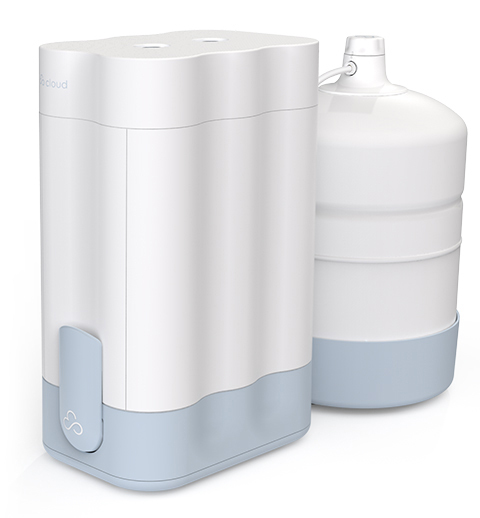Perfluoroalkyl and Polyfluoroalkyl Substances (PFAS) were introduced in the 1940s.
Their chemical properties, such as water and stain resistance, play a critical role in many of the non-stick products we use on a daily basis.
Recent studies demonstrate that exposure to PFAS can be harmful to our health, particularly for children and pregnant or lactating women.
Unfortunately, their extreme durability has earned PFAS the nickname of “forever chemicals” because they’re so darn hard to remove from water.
How PFAS Enter Your Drinking Water
Unfortunately, in the past we weren’t aware of the potential danger posed by PFAS.
The use and disposal of products containing these chemicals has caused PFAS to remain present in our drinking water today.
In a recent study, the CDC found the four following PFAS in the blood serum of nearly all test subjects.
Perfluorooctane Sulfonate (PFOS) is best known for its use in non-stick coatings in cooking pots and pans.
PFOS is particularly dangerous in terms of drinking water as it is highly soluble, allowing it to move quickly through the water supply.
This gives PFOS the chance to keep sneaking back into the water supply!
The bottom line isit’s best to avoid anything that might have this substance, including your water supply.
3. PFHxS
Perfluorohexane Sulfonate(PFHxS) is found in a variety of household products, including food packaging and stain-resistant fabrics.
Widespread Exposure to PFAS In Modern Life
PFAS are found in a shocking number of home products, including:
- Non-stick cookware
- Tapes
- Water resistant coatings
- Stain repellents
- Glues
- Paints
- Food packaging
- Cleaning sprays
- Personal care (makeup, cosmetics, lotions)
It’s no surprise that virtually every person on earth has some level of PFAS in their system.
A CDC exposure study which ran from 1999 to 2018 found four PFAS (PFOS, PFOA, PFHxS, and PFNA) in the blood serum of nearly everyone tested in the United States.
Although using products containing PFAS can introduce these chemicals into our bodies, drinking water is the most common route through which we consume these substances.
How PFAS Can Harm Your Health
Once PFAS are in your system, these “forever chemicals” can build up to dangerous levels.
It’s scary stuff, but fortunately you can take preventative measures to reduce the risk.
The following are some of the possible health effects of high levels of PFAS accumulation:
- Higher cholesterol levels
- Changes in liver enzymes (affects healthy liver functioning)
- Decrease in healthy vaccine response, particularly in children
- Increased risk of cancer, particularly kidney, prostate, ovarian and thyroid cancer
- Childhood leukemia
- Reproductive/fertility issues, particularly among pregnant women
Since the effects of PFAS exposure build up over time, it’s hard to know how much is built up in the body.
At the same time, you can protect yourself from PFAS by drinking filtered water.
What Should I Do If PFAS Are In My Water?
First of all, if you can avoid drinking water with PFAS (this means most tap water), don’t drink it!
But tap water isn’t the only dangerous water source…
On top of all of this, boiling water does nothing to reduce PFAS.
Your best bet to avoid these pesky chemicals is to only drink water from a high quality reverse osmosis water filter.
Can I Use a Filter to Get Rid of PFAS in Drinking Water?
Thankfully, studies show that reverse osmosis (RO) water filters are extremely effective at reducing and removing PFAS.
Get PFAS Out of Your Water and Out of Your Life!
PFAS are in basically every source of public water, including water bottles, so it’s time to take the necessary steps to cut them out of your life.
The long term health consequences of high PFAS levels in your body, including liver damage, fertility issues, and cancer, are nothing to take lightly.
So stop the accumulation of PFAS in your body by purifying your water!
If you don’t have a high quality reverse osmosis filter, it may be time to upgrade.
Cloud Water Filters remove up to 99% of toxins, including pesky PFAS, and are certified by the National Sanitation Foundation and the American National Standards Institute (NSF/ANSI).
For the sake of your health, and the health of your family,kick PFAS out of your water once and for all!
Click here to learn more.

